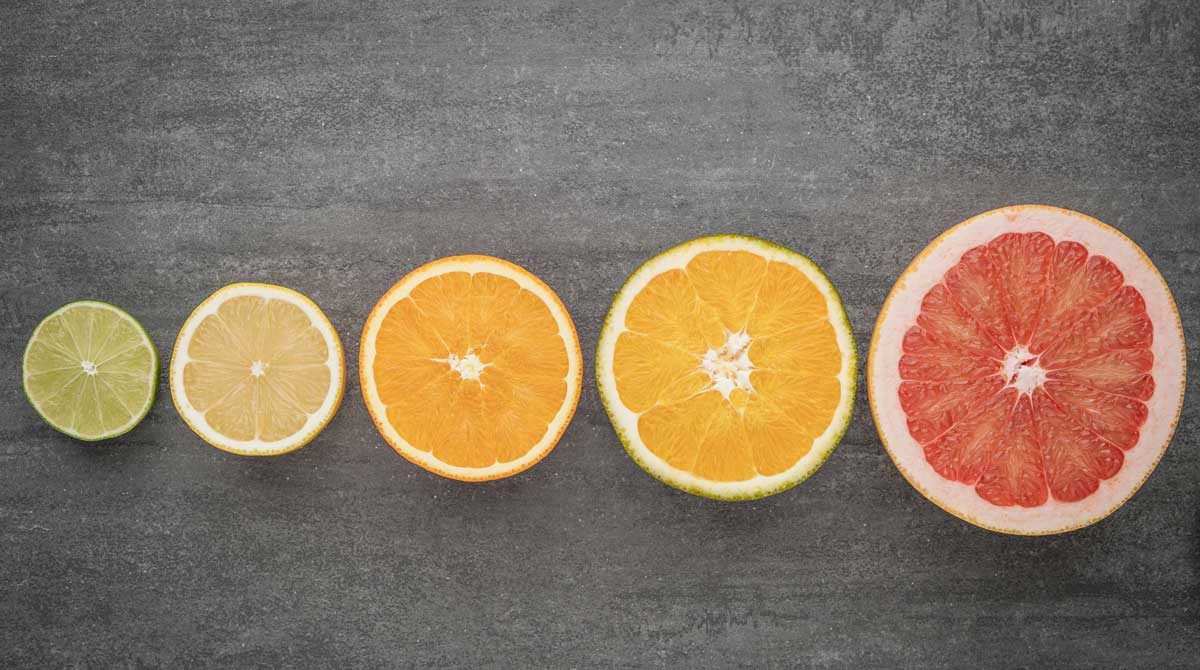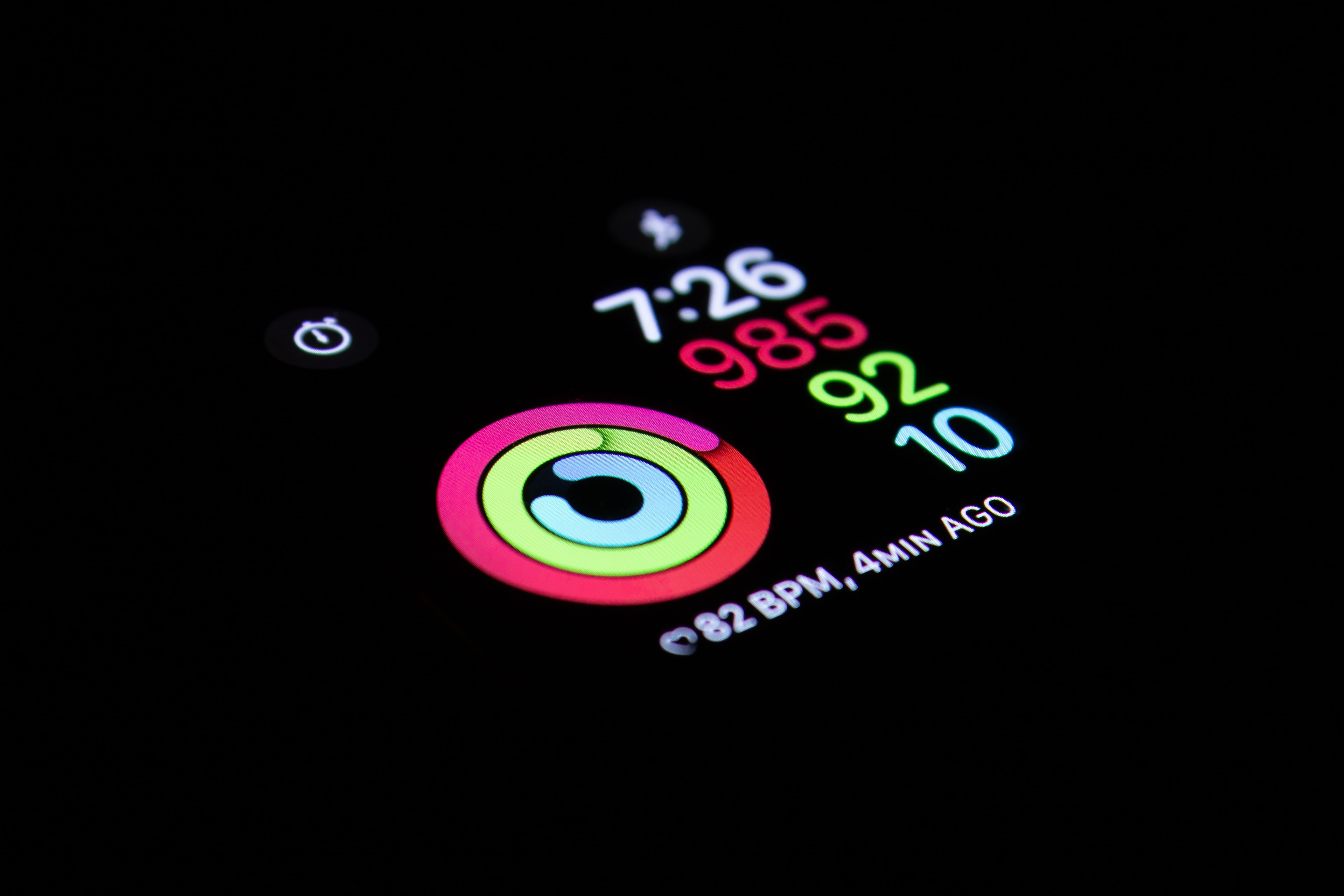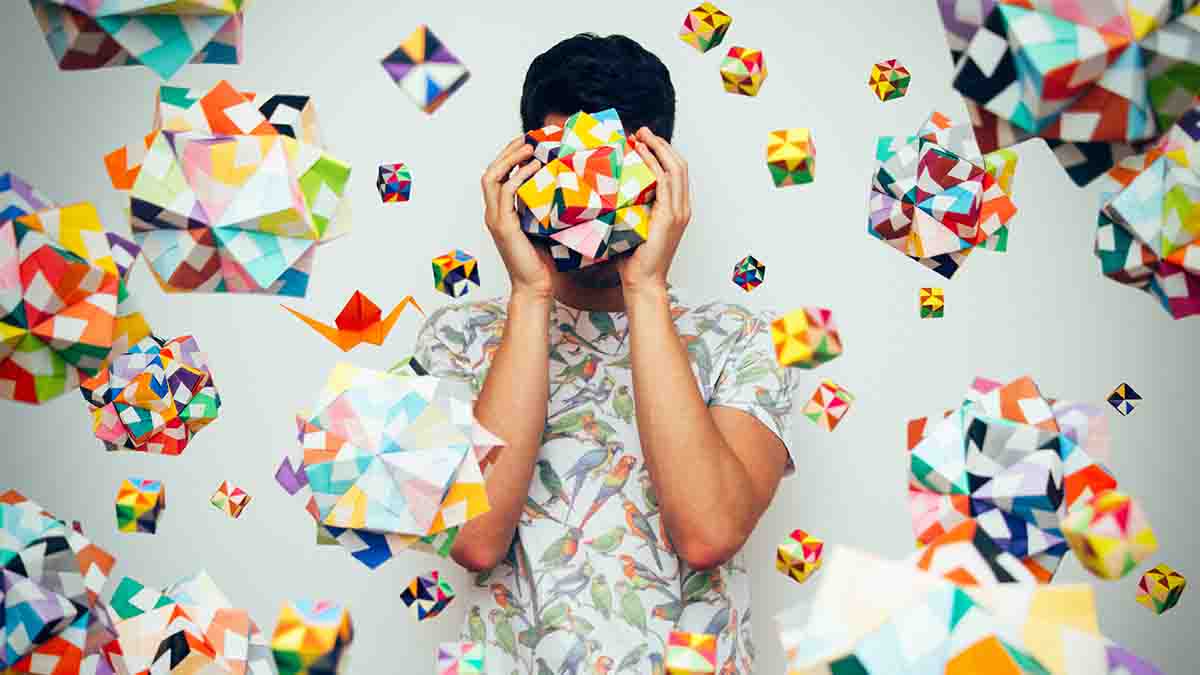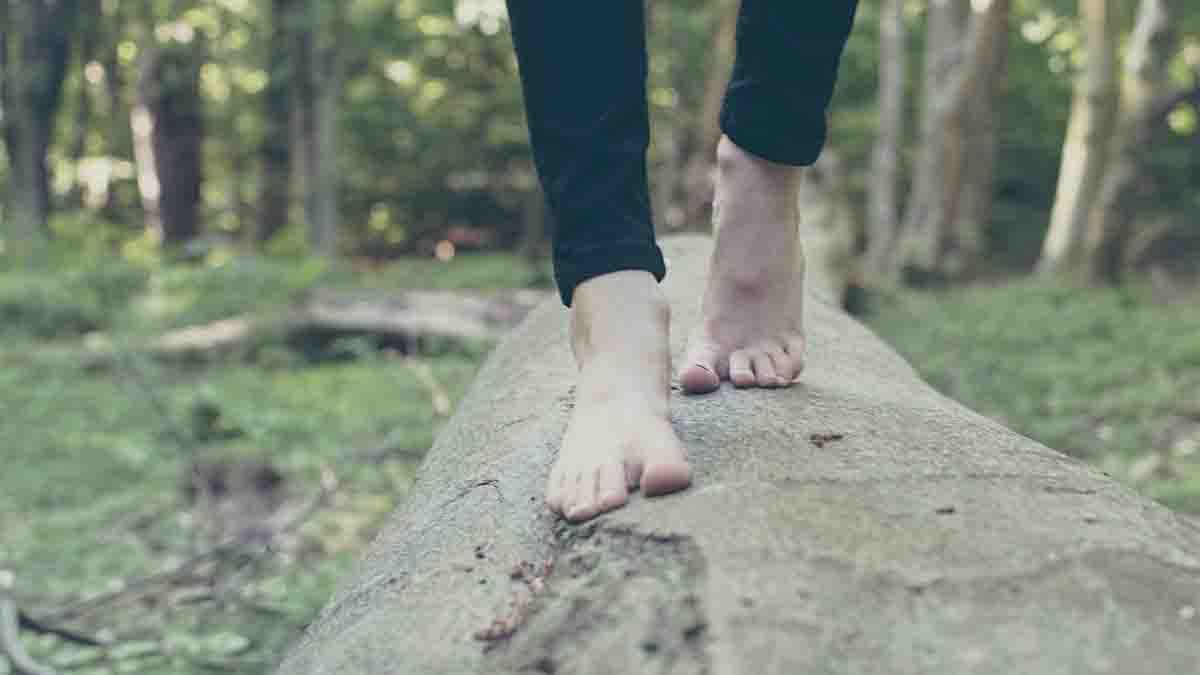
2022 STEM Challenges
This event series is an opportunity for high school and college students to participate in fun and hands-on weekly challenges on a range of science, technology, engineering, and mathematics (STEM) topics. The competition is being organised by the Australian National University (ANU).
Registration is essential and will stay open throughout the activity period.
How it works
- Students need to register to participate.
- Every Monday, challenges will be released by email to all registrants and will also be published on this website. Students will have one week to complete each challenge(s), with answers/photos due on Sunday of the same week.
- Each of the challenges will draw on a different element of STEM and may require you to take photos, answer questions or build/design something to complete the challenge.
- Each week, there will be multiple challenges with different STEM topics released, students can choose to do one or all of them.
- Only one submission per challenge will be accepted and counted for each participant.
- Each week, the submissions will be judged by a panel of ANU staff and voted on.
- Winners will be announced on the Monday following the submission deadline and will be notified by email and will also appear on our social media pages.
Prizes
- Winners will receive a Winner's Certificate and a prize pack.
- All registrants who submit at least one challenge over the 4 weeks of challenges will also receive a printable online Certificate of Participation from the Australian National University. The certificate of participation is not part of the AQF.
1st week challenge: Monday 3 – Sunday 9 October 2022
Challenge Week 1:
Welcome to your first weekly challenge! This week, make your choice of which challenge you would like to complete:
1. Lichenometry challenge

Lichens are located on every continent on earth, in every climate and altitude. They only require an undisturbed surface, time, and clean air. Lichens get the nutrients they need to survive from the air and are very sensitive to air pollution.
Measuring the diameters of lichens growing on a surface is called lichenometry and can be used as a method of estimating the age of a rock or other surface. Lichens often have a regular but very slow growth rate of less than a millimetre per year. You will need to research lichens in your area and their estimated growth rate.
Here is your challenge
- Find a Lichen growing on a rock. Measure the diameter of the lichen using a piece of string and a ruler, or by tracing the shape of the lichen onto paper and then measuring your tracing.
- The diameter of the largest lichen thallus growing on a rock, is proportional to the length of time that the surface has been exposed to the elements.
- Include the type, diameter and estimated age of the lichen in your photo caption.
or
2. Plastic redesign challenge

Plastic does not decompose. While it can be recycled, all plastic that has ever been produced is still present in the environment in one form or another.
Products are often designed with a few parameters in mind – price, materials, and availability. Plastic is cheap, versatile, hygienic, lightweight, flexible and highly durable. Due to its availability and cost, plastic is often used to create many products, where another material could be used instead.
Here is your challenge
- Take a product that is currently made of plastic and redesign it to use 50% less plastic components.
- Draw and plan the product redesign, and cost the difference using a different material compared to plastic.
- Try to keep the costs as similar or low as possible to make your design more appealing from a manufacturing perspective. Include your cost breakdown in your photo caption.
What to submit
- Post your photo to Instagram and tag @ScienceANU (not #hashtag).Note: make sure to turn off your “Private account” setting on Instagram before posting your submission and tag us. You can turn it back on soon after you receive our confirmation. If you don't have Instagram or would prefer to email us, then just email your photo and caption to science@anu.edu.au.
- The week one challenge submission closes on 11.59pm on Sunday 9th October AEDT. You only need to submit one challenge, but you are welcome to submit both.
- Submissions will be judged based on the following criteria:
- Lichenometry: type identified, diameter measured, age estimated.
- Plastic Redesign: creativity, the complexity of product chosen, cost, plastic reduction, originality.
The winner will be announced on Monday 10th October. More than one winner may be selected. The winning entry will be posted to our Facebook, Instagram and on the website. The winner will be notified by email. Other submissions may be included in an Instagram story, if you don't want your photo included, please let us know when you submit it.
2nd week challenge: Monday 10 – Sunday 16 October 2022
Challenge Week 2:
1. Edible solar system challenge

The Sun, Mercury, Venus, Earth, Mars, Jupiter, Saturn, Uranus, and Neptune. This week, your challenge is to build a scale model of the solar system, out of food.
Here is your challenge
- Research the planets and sun to find their size. Calculate the scale of each planet in relation to the sun.
- Using any food you like, create a scale model of the solar system.
- Some ideas are different fruits, baking cookies to the different sizes (take into account expansion!), sandwiches cut into circles, seasonal vegetables or even a cheese platter. **Hint: choose foods you enjoy eating so after you finish your solar system, you can enjoy eating it, and it won’t go to waste.**
- Take of a photo of your edible creation.
2. Heart beats challenge

Does your heart rate change when you hear your favourite song? Does calming music really calm you down? This week, we hope you can find out.
Here is your challenge
- Sit down and rest for a few minutes. To get your resting heart rate, check your pulse (either on your wrist or your neck) and count the number of times your heart beats in 15 seconds. Multiply this number by four to calculate your beats per minute. Write it down.
- Listen to 10 minutes of your favourite songs, at the end of 10 minutes test your heart rate again and write it down. Repeat with 10 minutes of classical or calming music, 10 minutes of rock or heavy metal, and finally 10 minutes of pop music. Compare your results and see if the types of music had any change on your heart rate.
- Take a photo of you with your results sheet. In the caption, let us know which type of music resulted in the highest and lowest heart rate compared to your resting heart rate.
What to submit
- Post your photo to Instagram and tag @ScienceANU (not #hashtag). Note: make sure to turn off your “Private account” setting on Instagram before posting your submission and tag us. You can turn it back on soon after you receive our confirmation. If you don't have Instagram or would prefer to email us, then just email your photo and caption to science@anu.edu.au.
- The challenge submission closes on 11.59pm on Sunday 16th October AEDT. You only need to submit one challenge, but you are welcome to submit both.
- Submissions will be judged based on the following criteria:
- Edible solar system: creativity, edibility and size accuracy.
- Heart beats: include lowest heart rate, highest heart rate, resting heart rate and which music if any had the biggest impact on your heart rate.
The winner will be announced on Monday 17th October. More than one winner may be selected. The winning entry will be posted to our Facebook, Instagram and on the website. The winner will be notified by email. Other submissions may be included in an Instagram story, if you don't want your photo included, please let us know when you submit it.
3rd week challenge: Monday 17 – Sunday 23 October 2022
Challenge Week 3:
1. Modular Paper Folding Challenge

A cube has 12 edges, 6 faces, and 8 vertices. The volume of a cube is obtained by multiplying its side three times. The angles between any two faces or surfaces are 90°.
For this challenge, cubes can also be joined together to make a circle, or another shape if you’re feeling creative.
Materials
Paper squares (each cube will use 12 paper squares).
To make a cube ring, we recommend using 144 paper squares to make a 12 cube ring. 10cm x 10cm is a great size to start with, but feel free to use whatever size you like.
Here is your challenge
- Watch a video on making a paper window cube ring, or another modular origami shape.
- Get folding!
- Take a photo of you holding your creation. If you don’t want to keep your paper cube ring after you have taken a photo, please recycle it!
Or
2. Carbon Footprint Challenge

According to the Carbon Majors Report, just 100 companies have been the source of more than 70% of the world’s greenhouse gas emissions since 1988.
While companies are responsible for most of the greenhouse gas emissions, as individuals, we can still make changes that can benefit the world. The average Australian household has an annual carbon footprint of approximately 15-20 tCO2e. According to the UN, to limit global warming to 1.5 degrees by 2050 we must limit our per-person emissions to 2 tCO2e per year.
This week, your challenge is to map and reduce your family’s carbon footprint.
Here is your challenge
- Map your family’s carbon footprint using an online calculator. You can choose to calculate based on a year, 3 months or one month of data.
- Write down the carbon footprint.
- Do some online research and come up with a list of 5-10 things you and your family can do to reduce your carbon footprint.
- Redo the calculations with those changes in mind and see the difference the changes can make.
- Take a photo of you doing one of the actions to reduce your footprint. In the caption, let us know some other action you could take.
What to submit
- Post your photo or video to Instagram and tag @ScienceANU (not #hashtag). Note: make sure to turn off your “Private account” setting on Instagram before posting your submission and tag us. You can turn it back on soon after you receive our confirmation. If you don't have Instagram or would prefer to email us, then just email your photo and caption to science@anu.edu.au.
- The challenge submission closes on 11.59pm on Sunday 23th October of your local time. You only need to submit one challenge, but you are welcome to submit both.
- Submissions will be judged based on the following criteria:
- Modular paper folding: creativity, size and number of modules.
- Carbon footprint: calculating footprint, list of reductions, the practicality of reductions.
The winner will be announced on Monday 24th October. More than one winner may be selected. The winning entry will be posted to our Facebook, Instagram and on the website. The winner will be notified by email. Other submissions may be included in an Instagram story, if you don't want your photo included, please let us know when you submit it.
4th week challenge: Monday 24 – Sunday 30 October 2022
Challenge Week 4
1. Pasta bridge/tower challenge
Pasta is a staple food in many cultures and diets. In this challenge it can also be used as a building material.
Materials
- Pasta of any kind
- Glue of any kind
Here is your challenge
- Make a bridge out of dry pasta and glue that bridges a 40cm gap, and can hold the weight of 1kg.
- Take a photo of you with your creation bridging the gap, supporting at least 1 kg of weight.
OR
- Using dry pasta and glue, make a tower taller than 1m that can stand up unsupported.
- Take a photo of you with your tower creation.
2. Food label challenge
Sugars are carbohydrates that occur naturally in many foods but are also added as ingredients to foods. Like most carbohydrates they are used by the body for energy. The World Health Organization (WHO) recommends that sugars make up no more than 10% of daily kilojoule intake to prevent unhealthy weight gain and dental caries. For an adult of a healthy body mass index (BMI), this amount works out to about 12 teaspoons (or 50 grams) of sugar per day.
Sodium is a commonly occurring element. While most of the sodium in our food comes from salt, sodium is found naturally in virtually all foods that we eat, even when they don’t have added salt. The Australian and New Zealand governments recommend adults eat around 2,000 mg of sodium per day (equivalent to about 5,000 mg or 5 g of salt or 1 teaspoon).
Here is your challenge
- Find 5 packaged foods with more than 20g of sugar per serve.
- Find 5 packaged foods with less than 5mg of sodium per serve.
- Find 2 packaged foods with no dietary information label
- Take a photo of you with your 12 packaged foods. In your caption, include which food was the highest in sugar, and the lowest in sodium per serve. Were you surprised by these foods?
3. Bromine challenge
Bromine is a chemical element with the symbol Br and atomic number 35. It is the only non-metal element to exist in liquid form at room temperature. There are 2 parts to this challenge.
Here is your challenge
- Find 3 things around your home that contain bromine. You may need to do some research to find out which items contain bromine.
- Here are the chemical formulae of six compounds that include bromine: cyanogen bromide (BrCN), bromine trifluoride (BrF3), Potassium bromide (KBr), bromic acid (HOBrO2), Silver bromide (AgBr) and Tetrabromobisphenol A (TBBPA). You could also choose an organobromine compound, found in sea weed and sea snail shells.
- Choose one of these compounds and Google it to learn about its 3D structure.
- Once you have researched your molecule, use materials that you can find at home to make a 3D model of it (As examples, you could use marshmallows and toothpicks, or flowers with their stems poked into a tomato – see how inventive you can be!)
- Take a photo of you with your 3 items containing bromine, and your molecular structure. In your caption please also tell us the formula of the molecule and what kind of 3D structure it has (For example, O3 (Ozone) is a trigonal planar molecule, for help with identifying molecule structure check out this link).
What to submit
- Post your photo to Instagram and tag @ScienceANU (not #hashtag). Note: make sure to turn off your “Private account” setting on Instagram before posting your submission and tag us. You can turn it back on soon after you receive our confirmation. If you don't have Instagram or would prefer to email us, then just email your photo and caption to science@anu.edu.au.
- The challenge submission closes on 11.59pm on Sunday 30th October of your local time. You only need to submit one challenge, but you are welcome to submit both.
- Submissions will be judged based on the following criteria:
- Pasta bridge/tower: creativity, size and strength.
- Food label: correct number of items, variety, creativity
- Bromine: creativity, items found, accuracy.
The winner will be announced on Monday 31st October. More than one winner may be selected. The winning entry will be posted to our Facebook, Instagram and on the website. The winner will be notified by email. Other submissions may be included in an Instagram story, if you don't want your photo included, please let us know when you submit it.
Week 1 challenges
Week 2 challenges
Week 3 challenges
Week 4 challenges
STEM Challenges 2021
STEM Challenges 2020
Have a question?
The challenges have been created through a collaboration between the ANU College of Science and Medicine, the ANU College of Health and Medicine, and the ANU College of Engineering and Computer Science. Please contact us via the email below if you have any questions.
Terms and conditions
- ANU College of Science and Medicine and ANU College of Health and Medicine (ABN: 52 234 063 906)
- Information on how to enter the ANU Science Case Study Competition forms part of these Terms and Conditions.
- Entry is open to all Australian residents and a group of international students.
- Entry to the competition is via the ANU College of Science and Medicine STEM Challenges web page.
- There is no entry fee for the competition.
- ANU College of Science and Medicine and ANU College of Health and Medicine Staff and their immediate family are excluded from participation
- There is (1) prize available for the best entry each week.
- The ANU College of Science and Medicine and the ANU College of Health and Medicine reserve the right to modify or remove any prizes if required, or not to award a prize.
- The prize must be taken as stated and no compensation will be payable if the prize winner is unable to use the prize as stated. The prize is not transferable to another person or exchangeable for other goods and services and cannot be redeemed as cash.
- The entrant will be solely responsible for any costs or taxes incurred as part of the competition, or claiming of the prize, including but not limited to any taxes.
- Prize winners will be notified in writing (email) on the Tuesday following the submission deadline.
- Each participant is only allowed one submission per challenge.
- By entering the competition, you declare that the submitted work is entirely your own.
- The ANU College of Science and Medicine and the ANU College of Health and Medicine reserve the right to withdraw applications at any stage for any reason determined appropriate by the ANU Colleges of Science and the ANU College of Health and Medicine.
- The ANU College of Science and Medicine and the ANU College of Health and Medicine reserve the right to extend or modify the closing date.
- Submissions will be marked by a panel of judges chosen by the ANU College of Science and Medicine and the ANU College of Health and Medicine.
- The ANU College of Science and Medicine and the ANU College of Health and Medicine reserve the right to determine the final outcome of the competition, and to name and order winners and prizes.
- By entering the competition, all entrants and their guardians (where applicable) understand and give permission to the ANU College of Science and Medicine, the ANU College of Health and Medicine, ASD-ANU Co-Lab and sponsors to use the winners name, video/photo submission, likeness and work for promotional purposes, and other purposes deemed appropriate.
- The concerned parties also understand and facilitate consent to measures covered under https://services.anu.edu.au/marketing-outreach/anu-identity/anu-audio-visual-release-form
- Participants agree that the ANU College of Science and Medicine and the ANU College of Health and Medicine, ASD-ANU Co-Lab and sponsoring entities are not liable for any damages or losses arising from the competition.
- All submitted work is subject to the ANU College of Science and Medicine and the ANU College of Health and Medicine Privacy Policy.
- Incomprehensible and incomplete entries will be deemed invalid.
- The ANU College of Science and Medicine and the ANU College of Health and Medicine reserve the right to verify the validity of entries and to disqualify any entry which in the opinion of the ANU College of Science and Medicine and the ANU College of Health and Medicine, includes objectionable content, profanity, potentially insulting, inflammatory or defamatory statements, disqualify any entrant who tampers with the entry process, who submits an entry that is not in accordance with these terms and conditions of entry or who has, in the opinion of the ANU College of Science and Medicine and the ANU College of Health and Medicine, engaged in conduct in entering the promotion which is fraudulent, misleading, deceptive or generally damaging to the goodwill or reputation of the promotion and/or the ANU College of Science and Medicine and the ANU College of Health and Medicine. The ANU College of Science and Medicine and the ANU College of Health and Medicine reserve the right to disqualify a winner if the ANU College of Science and Medicine and the ANU College of Health and Medicine become aware that the winner and/or the winner’s entry is of a type described in this clause.
- The ANU College of Science and Medicine and the ANU College of Health and Medicine accept no responsibility for any late, lost or misdirected entries including delays in the completion of tasks due to technical disruptions, network congestion or for any other reason.
- The ANU College of Science and Medicine and the ANU College of Health and Medicine’s decision is final and the ANU College of Science and Medicine and the ANU College of Health and Medicine will not enter into correspondence regarding the result or winning entries.
- In the case of the intervention of any outside act, agent or event which prevents or significantly hinders the ANU College of Science and Medicine and the ANU College of Health and Medicine’s ability to proceed with the competition on the dates and in the manner described in these terms and conditions, including but not limited to vandalism, power failures, tempests, natural disasters, acts of God, civil unrest, strike, war, act of terrorism, the ANU College of Science and Medicine and the ANU College of Health and Medicine may in its absolute discretion cancel the competition and recommence it from the start on the same conditions, subject to any directions given under State Regulation.
- The ANU College of Science and Medicine and the ANU College of Health and Medicine reserve the right in its sole discretion to disqualify any individual they believe has breached any of these conditions, or engaged in any unlawful or other improper misconduct calculated to jeopardise the fair and proper conduct of the promotion.
- The ANU College of Science and Medicine and the ANU College of Health and Medicine collect personal information about you to enable you to participate in this promotion.
- All certificates (including winners’) are not an AQF certificate.



























































































































































